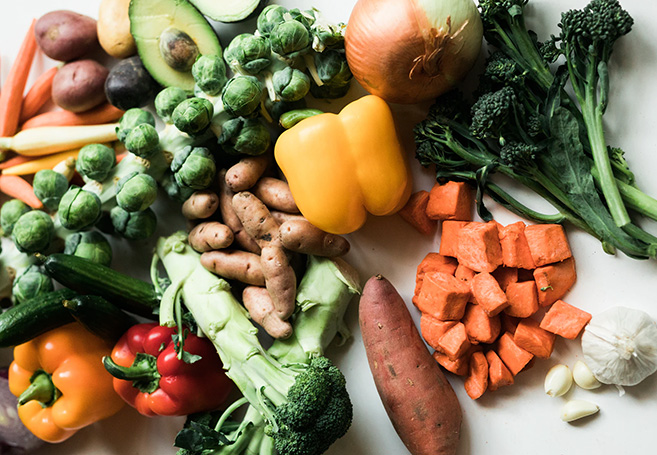Healthy eating is more affordable than you think. In fact, your local grocery store may provide all the necessary ingredients at a good price. Discover seven useful tips to buy healthy food for every grocery visit.
1. Start with Budgeting
At the end of each month, create a grocery budget for the upcoming period. Look back at your previous bank statements and decide how much you can afford to spend. Budgeting apps are helpful, as they make the process easier and faster. Generally, it is preferable when groceries account for 15% of the family budget. Of course, everything depends on your needs and income, so there are no universal rules. For example, a family of four may spend between $900 and $1,100 per month.
2. Shop Sales and Discounts
Grocery chains use different ways to boost customer loyalty. BOGOs and other deals are the most common ways to save on healthy groceries. However, do not let loyalty have the opposite effect. Switch stores if necessary. The more coupons and discounts are available – the better! For instance, use the Ingles weekly ad – check on rabato.com for current deals in your area.
Large stores have their own mobile apps, and there are also many cashback services. The days of coupon clipping are long gone. Now, all flyers are virtual. You can check the app while shopping in-store. It will remind you of all current promotions, so you do not forget anything. Choose the best day for grocery shopping to save time and avoid crowds.
3. Shop Online
Buy groceries on the Internet and save more. Virtual carts can be filled from any device. Pick up at the store or order delivery if it is cheap or free. Sometimes, paying a little extra for the service is worth it. After all, a visit to a physical store is time-consuming, and you may buy items you don’t really need. Online, it is easier to stick to the shopping list. Sites and apps often suggest similar products, so you can see cheaper alternatives. It is also easier to find relevant deals and offers.
4. Buy Seasonal Produce
Healthy produce has a short shelf life. This does not mean you should avoid it. Buy as much as you need, but no more. In addition, consider items like green bananas that can ripen at home. Change your menu in accordance with the season. Choose produce that is on sale, and do not disregard frozen vegetables and berries. As long as there is no added sugar, these products are also healthy!
5. Buy in Bulk
If you have enough space, buy some groceries in bulk. Of course, this can be tricky. Check all expiry dates to see which products to stock up on. Compare the price per ounce. Finally, do not buy anything you will not use.
6. Use Less Meat
Meat is not the cheapest product. It won’t hurt if you do without it a couple of days a week. Consider protein-rich alternatives like lentils, eggs, beans, quinoa, nuts, etc. Try different salad and soup recipes. And why not take breakfast for dinner, at least occasionally? Wholewheat pancakes or scrambled eggs cannot empty your wallet.
7. Repurpose Your Leftovers
Leftovers can be used for new dishes, and today’s dinner can be tomorrow’s lunch. This is a great way to reduce waste and save money. Do not let your meal go off in the fridge – put it to good use. For example, chicken from a salad may be used for quesadillas. Extra meatballs may be served on rice with BBQ sauce. It is not necessary to buy all ingredients for new meals every time.
The Bottom Line
Healthy food does not have to be expensive. Create a shopping budget, make a plan, and stick to it. Every season, you can find healthy items at reduced prices. As long as your menu is flexible, you can buy groceries for less.
Photo by Nathan Dumlao on Unsplash
.
.


